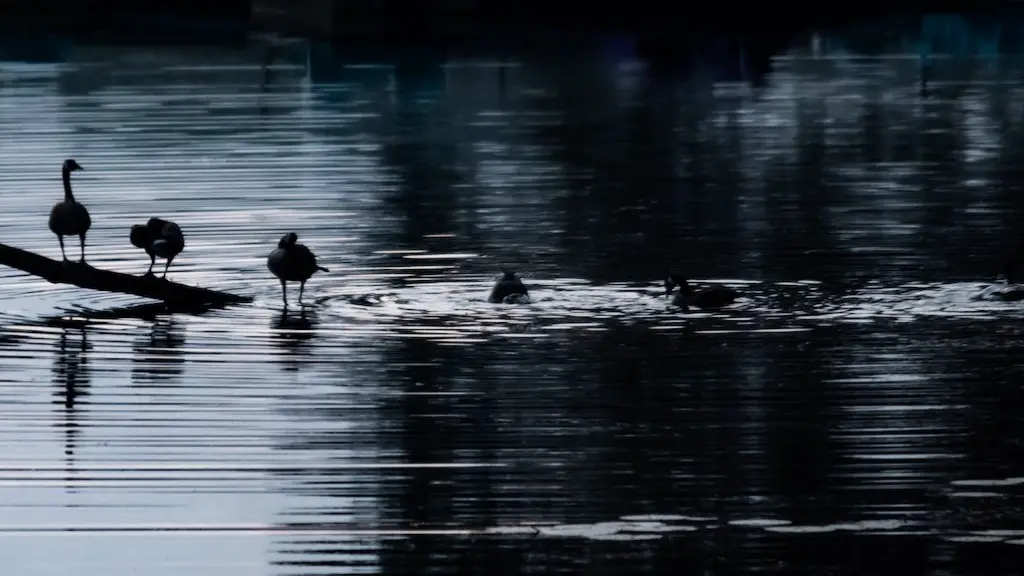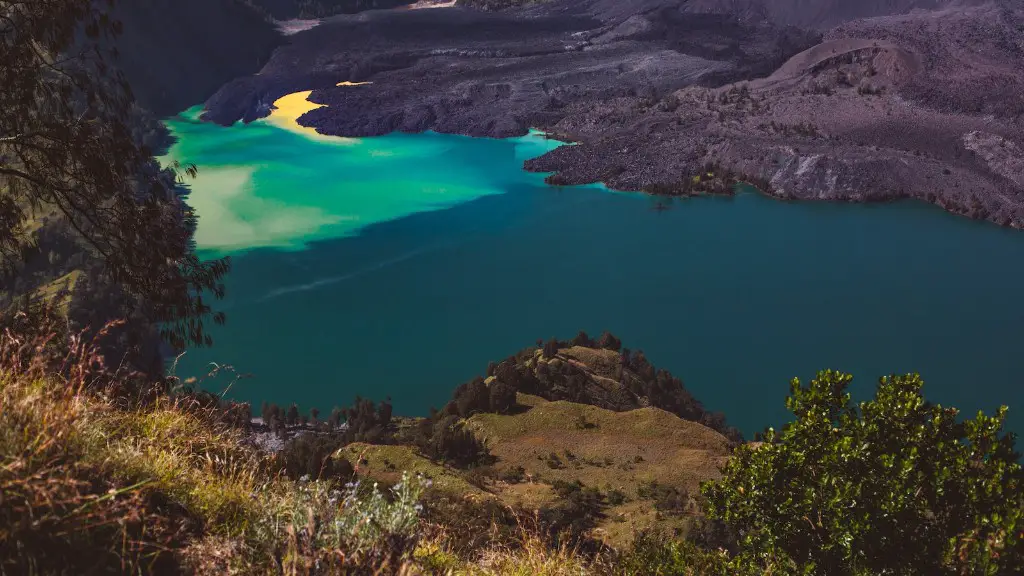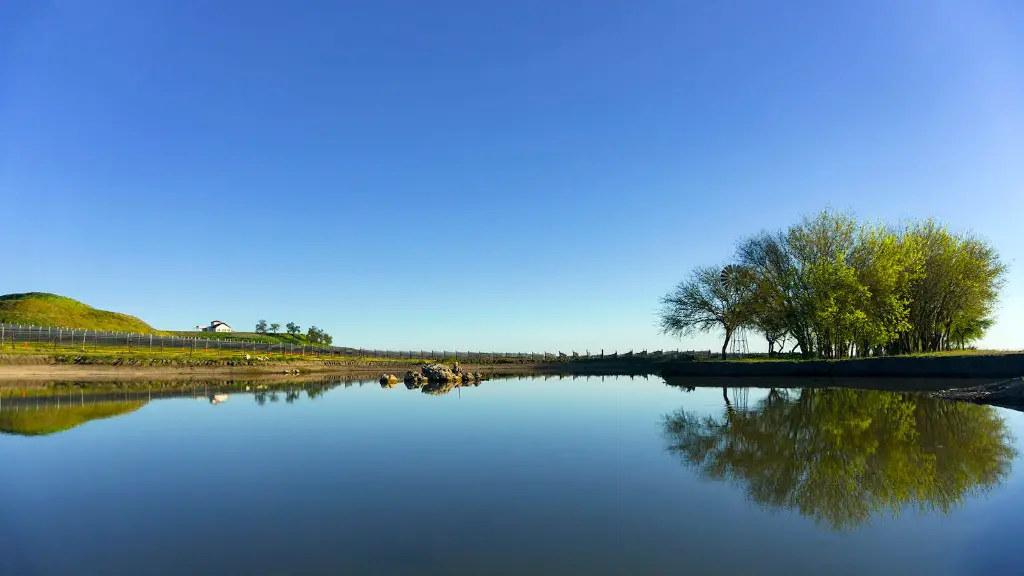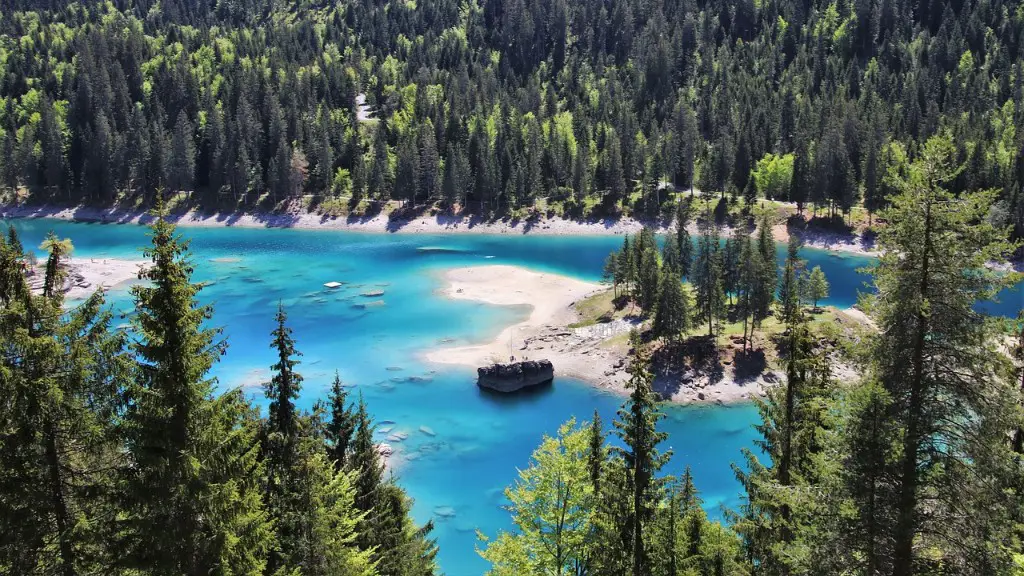Location Of Lake Titicaca
Lake Titicaca is the largest freshwater lake in South America and one of the most beautiful lakes in the world. Located in the Andes Mountains, it straddles the border of Peru and Bolivia. It sits 3,812 meters, or 12,507 feet, above sea level and is so expansive that both countries have been able to build their own cities and towns along the shoreline and islands.
Pronunciation of the Word ‘Titicaca’
The name Titicaca roughly translates in the language of the Incas as ‘Rock of the Puma’. According to some sources, it comes from the word ‘Titi’, which means ‘puma’, and ‘Kaka’, which means ‘rock’ in the language of the local Aymara people. In terms of official pronunciation, the lake is correctly referred to as ‘tee-tee-KAH-ka’.
Historical Significance Of The Lake
This lake is extremely important to the history of South America, as it is sacred to many Indigenous tribes in the continent. Various civilizations have been living around Lake Titicaca since ancient times, with some evidence that they were living there as early as 12,000 years ago. Due to this vast History and its importance, many regard Lake Titicaca as the cradle of South American civilisations.
Cultural Significance Of The Lake
In the region, the lake is of high cultural significance, as it has been associated with the legends of two creation gods, Mama Cocha and Mama Ocllo. It is also believed that the first Incan king and queen, Manco Capac and Mama Ocllo, emerged from the lake and made their home there. These stories are perpetuated by the many rituals and festivities still being organised around the lake today.
Visiting Lake Titicaca
If you’re looking to visit Lake Titicaca, it’ll certainly be a unique experience. Just a few of the many things visitors can take part in include boat tours on the lake, visits to floating reed islands, hikes to islands surrounded by ancient ruins, and fishing with locals. While in the area, don’t forget to also check out the nearby museums and archaeological sites to learn more about the incredible history of the lake.
Lake Titicaca Today
Today, Lake Titicaca is a popular tourist destination and is well known for being one of the world’s highest navigable lakes. Despite the booming tourism around the lake, it still maintains its cultural identity and remains an important part of the identity and history of many peoples of the Andean region.
Conservation Status Of Lake Titicaca
Sadly, the lake is facing multiple threats such as water pollution and overfishing; this is mainly due to the booming tourism, pollution of local industries, and the effects of climate change. The lake is also facing challenges due to the effects of a changing climate, one of which is the melting of the glaciers that help to provide water to the lake. Organizations in both Peru and Bolivia are working hard to help protect the lake and its surrounding areas, however, much more needs to be done in order to ensure its future protection.
Importance Of Lake Titicaca To Local Populations
For local populations, the lake is an important source of food and income. For instance, the main species of fish caught in the lake are used to create different types of dishes, such as chicharrón, marinated cecina, cazuelas, and fried fish. Additionally, the lake is also an important source of income for small scale fishermen and farmers in the surrounding area who depend on the lake for their livelihoods.
Threats To This Natural Resource
In recent years, Lake Titicaca has been severely affected by the increase in pollution and sedimentation, mainly due to industrial activities and agricultural practices. Certain species of fish and birds in the lake are also facing a decrease in their populations due to the overfishing and hunting by local fishermen. Furthermore, many of the nearby glaciers are retreating due to climate change, leading to a decrease in the water levels in the lake and the surrounding area.
Preserving and Protecting Lake Titicaca
As threats to Lake Titicaca increase, so do the efforts of local communities, international organizations, and governments to protect and preserve it. Several steps are being taken to protect the lake, such as the installation of wastewater treatment plants, and the monitoring of water quality. Additionally, local traditions such as fishing and the use of natural resources are being passed down from generation to generation, which helps to maintain the cultural identity of the local population and create a sustainable approach to the use of natural resources.
Educating Communities About The Importance Of Conservation
In order to ensure the future protection of Lake Titicaca, it is important to educate communities about the importance of conservation. Through educational programs, local populations can learn about the importance of the lake, the need to manage and reduce wastes, the effects of climate change, and other issues related to the conservation of the lake. Additionally, the local communities need to be informed about the economic benefits of conservation, and how sustainable use of the lake’s resources can create economic opportunities for them.
Promoting Sustainable Tourism Around The Lake
Tourism around the lake is an important source of income, however, it also has the potential to cause a lot of damage to the environment. To prevent this, governments, international organizations, and local communities need to work together to promote sustainable tourism. This can be done by introducing regulations to control the number of tourists and their activities, organizing environment friendly tours, and encouraging the locals to use environmentally friendly services and products.
Conclusion
Lake Titicaca is an important part of South American history and an important source of food and income for the local population. Despite this, it is facing many threats from pollution, overfishing, and climate change. In order to protect and preserve the lake, it is important for locals and visitors alike to be aware of the threats and take steps to protect it through informed management practices, sustainable tourism, and education about conservation.



